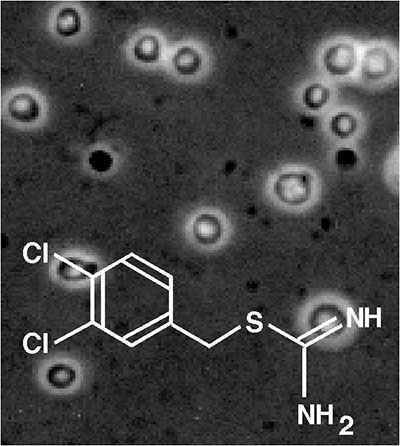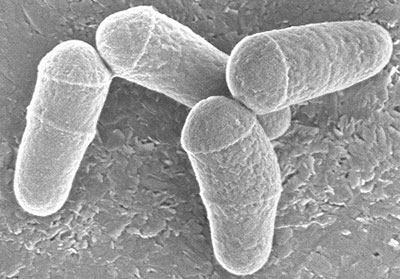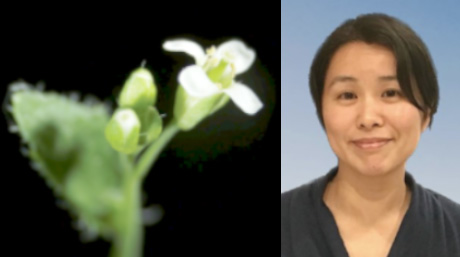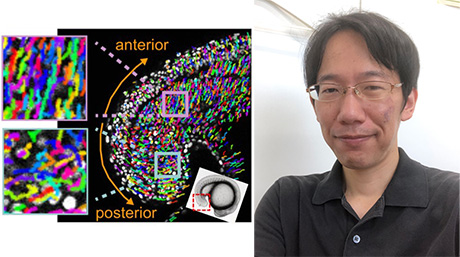Life Science and Technology News
【Labs spotlight】 Wachi Laboratory
Regulatory mechanism of bacterial cell growth and metabolism
The Department has a variety of laboratories for Life Science and Technology, in which cutting-edge innovative research is being undertaken not only in basic science and engineering but also in the areas of medicine, pharmacy, agriculture, and multidisciplinary sciences.
This "Spotlight" series features a laboratory from the Department and introduces you to the laboratory's research projects and outcomes. This time we focus on Wachi Laboratory.

Areas of Supervision
Primary/Life Science and Technology
Professor Masaaki Wachi![]()
| Degree | PhD 1989, the University of Tokyo |
|---|---|
| Areas of Research | Applied Microbiology |
| Keywords | Escherichia coli, Corynebacterium glutamicum, antibiotics, bacterial metabolism, bacterial cell division |
| Website | Wachi Laboratory |
Research interest
In order to understand how cells grow and divide, our research is focused on regulatory mechanisms of bacterial metabolism and cell division using Escherichia coli and Corynebacterium glutamicum as model organisms.

Fig. 1. Structure of A22, the bacterial actin-like protein MreB inhibitor
We discovered the bacterial actin-like protein MreB inhibitor, A22. Using A22 as an analytical probe, it was revealed that the bacterial actin-like protein MreB is responsible for maintenance of cell shape.

Fig. 2. Structure of a new antibiotic, alaremycin
A new antibiotic, named alaremycin, was isolated from an actinomycete strain, Streptomyces sp. A012304. Alaremycin inhibits porpobilinogen synthase, an enzyme in the porphyrin biosynthetic pathway.

Fig. 3. SEM image of Corynebacterium glutamicum
Corynebacterium glutamicum, was isolated as an L-glutamate-overproducing microorganism by Japanese researchers in 1956, and is currently utilized in industrial production of various amino acids. The nature of the L-glutamate exporter has long been unclear for more than 50 years. We found recently that the NCgl1221 gene, which encodes a mechanosensitive channel homolog, is involved in the mechanism of L-glutamate secretion. NCgl1221 is a long-elusive L-glutamic acid exporter.
Research findings
Selected publications
- [1] Yano K, Wachi M, Tsuchida S, Kitazume T, Iwai N. (2015). Degradation of benzotrifluoride via the dioxygenase pathway in Rhodococcus sp. 065240. Biosci. Biotechnol. Biochem., 79:496-504.
- [2] Uchida M, Hirasawa T, Wachi M. (2014). Characterization of a Corynebacterium glutamicum dnaB mutant that shows temperature-sensitive growth and mini-cell formation. Arch. Microbiol., 196:871-879.
- [3] Matsuda Y, Itaya H, Kitahara Y, Theresia NM, Kutukova EA, Yomantas YA, Date M, Kikuchi Y, Wachi M. (2014). Double mutation of cell wall proteins CspB and PBP1a increases secretion of the antibody Fab fragment from Corynebacterium glutamicum. Microb. Cell Fact., 13:56.
- [4] Maeda T, Wachi M. (2013). 3' Untranslated region-dependent degradation of the aceA mRNA, encoding the glyoxylate cycle enzyme isocitrate lyase, by RNase E/G in Corynebacterium glutamicum. Appl. Environ. Microbiol., 78:8753-8761.
- [5] Heinemann IU, Schulz C, Schubert WD, Heinz DW, Wang YG, Kobayashi Y, Awa Y, Wachi M, Jahn D, Jahn M. (2010). Structure of the heme biosynthetic Pseudomonas aeruginosa porphobilinogen synthase in complex with the antibiotic alaremycin. Antimicrob. Agents Chemother., 54:267-272.
- [6] Tatsumi R, Wachi M. (2008). TolC-dependent exclusion of porphyrins in Escherichia coli. J. Bacteriol., 190:6228-6233.
- [7] Nakamura J, Hirano S, Ito H, Wachi M. (2007). Mutations of the Corynebacterium glutamicum NCgl1221 gene, encoding a mechanosensitive channel homolog, induce L-glutamic acid production. Appl. Environ. Microbiol., 73:4491-4498.
- [8] Kruse T, Blagoev B, Løbner-Olesen A, Wachi M, Sasaki K, Iwai N, Mann M, Gerdes K. (2006). Actin homolog MreB and RNA polymerase interact and are both required for chromosome segregation in Escherichia coli. Genes Dev., 20:113-124.
- [9] Awa Y, Iwai N, Ueda T, Suzuki K, Asano S, Yamagishi J, Nagai K, Wachi M. (2005). Isolation of a new antibiotic, alaremycin, structurally related to 5-aminolevulinic acid from Streptomyces sp. A012304. Biosci. Biotechnol. Biochem., 69:1721-1725.
- [10] Takada A, Nagai K, Wachi M. (2005). A decreased level of FtsZ is responsible for inviability of RNase E-deficient cells. Genes Cells, 10:733-741.
- [11] Gitai Z, Dye NA, Reisenauer A, Wachi M, Shapiro L. (2005). MreB actin-mediated segregation of a specific region of a bacterial chromosome. Cell, 120:329-341.
- [12] Iwai N, Nagai K, Wachi M. (2002). Novel S-benzylisothiourea compound that induces spherical cells in Escherichia coli probably by acting on a rod-shape-determining protein(s) other than penicillin-binding protein 2. Biosci. Biotechnol. Biochem., 66:2658-2662.
Contact
Professor Masaaki Wachi
Room 1003, J2 building, Suzukakedai campus
E-mail : mwachi@bio.titech.ac.jp
*Find more about the lab and the latest activities at the lab site![]() . (Japanese)
. (Japanese)
*May 1, 2025:Some of the content has been updated with the latest information.





